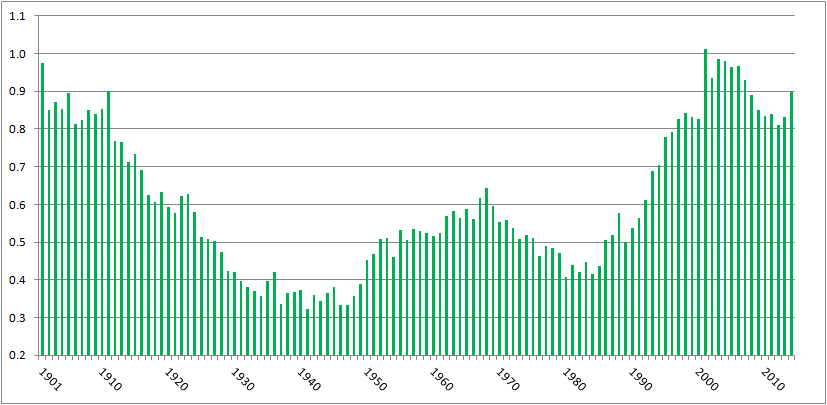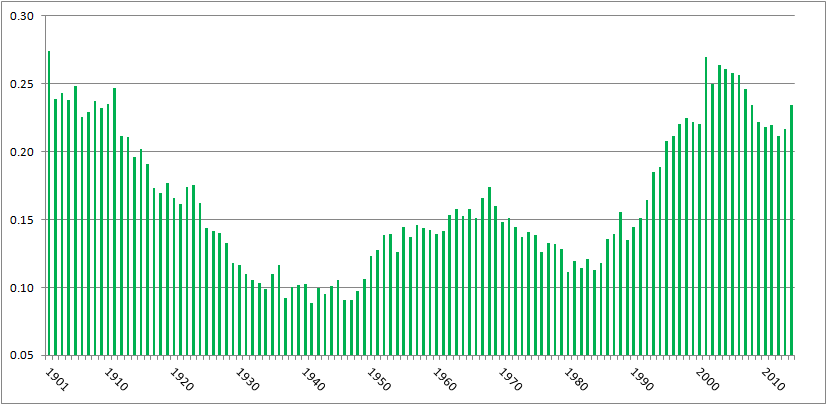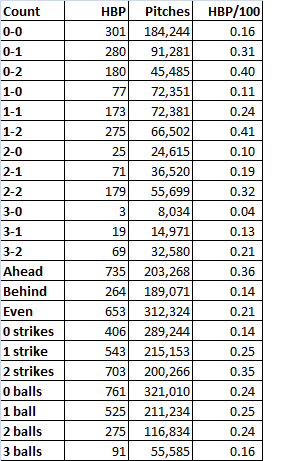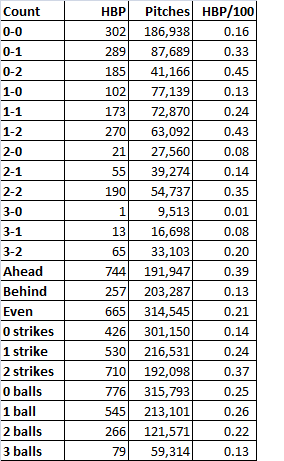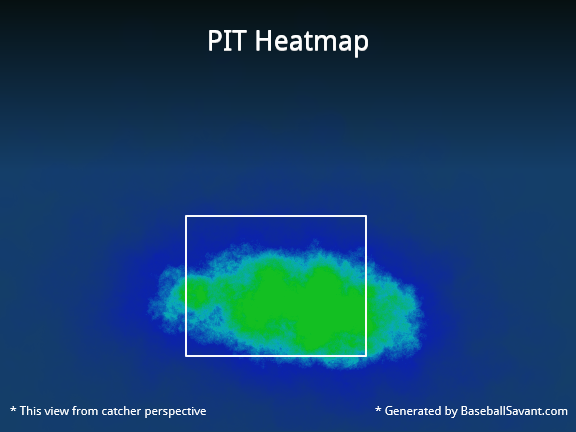Mike Trout, Out of Context
Recently, Mike Trout was officially named the Most Valuable Player in the American League. To celebrate, let’s take Trout out of context and put him in a new one.
Part of the reason many fans believed Trout was more valuable than Miguel Cabrera in 2012 and 2013 was his home park. Angel Stadium is a pitcher’s park, whereas Comerica Park in Detroit is pretty average for hitters. In 2012, when Trout won AL Rookie of the Year but finished behind Cabrera for AL MVP, park effects played a huge, obvious role in the voting results. If you take out the home field and just look at road games, Trout’s batting average, on-base percentage, and slugging percentage were all better than Cabrera’s:
Cabrera: .327 / .384 / .529
Trout: .332 / .407 / .544
Furthermore, this is a tough time to objectively evaluate hitters. Offensive production isn’t nearly at the level it was five or ten years ago, so stats that would’ve looked pedestrian in 2004 now lead the league. It’s tough to appreciate the greatness of a young player like Trout in a depressed offensive environment. So let’s take Mike Trout out of that environment and put him in a better one: Coors Field. From 1998-2001.
Using the Neutralized Batting tool at Baseball-Reference, I moved Mike Trout’s career back in time by 13 seasons and put him on the Colorado Rockies. Here are the horrifying numbers this produced:
| Year | Age | G | PA | AB | R | H | 2B | 3B | HR | RBI |
| 1998/2001 | 19 | 40 | 145 | 130 | 29 | 34 | 7 | 0 | 6 | 23 |
| 1999/2012 | 20 | 139 | 728 | 623 | 207 | 246 | 36 | 11 | 40 | 133 |
| 2000/2013 | 21 | 157 | 834 | 661 | 179 | 262 | 54 | 13 | 38 | 159 |
| 2001/2014 | 22 | 157 | 782 | 652 | 172 | 223 | 51 | 12 | 46 | 166 |
| TOTAL | 493 | 2489 | 2066 | 587 | 765 | 148 | 36 | 130 | 481 |
You’ll notice that in Trout’s rookie season (1999/2012), he broke Billy Hamilton‘s century-old single-season record for runs scored. The following year, he made 834 plate appearances and tied Ichiro Suzuki’s single-season hits record, while pounding out 105 extra-base hits. This past season was his third straight with 220 hits, and he drove in 166 runs. He has a combined 338-340 runs + RBI in each full season. More stats:
| Year | Age | G | PA | SB | BB | TB | BA | OBP | SLG | OPS |
| 1998/2011 | 19 | 40 | 145 | 5 | 12 | 59 | .262 | .331 | .454 | .785 |
| 1999/2012 | 20 | 139 | 728 | 67 | 90 | 424 | .395 | .473 | .681 | 1.154 |
| 2000/2013 | 21 | 157 | 834 | 45 | 152 | 456 | .396 | .512 | .690 | 1.202 |
| 2001/2014 | 22 | 157 | 782 | 20 | 107 | 436 | .342 | .439 | .669 | 1.108 |
| TOTAL | 493 | 2489 | 137 | 361 | 1375 | .370 | .467 | .666 | 1.132 |
Let’s get right to the point here: Coors Field Mike Trout has a slugging percentage of .666, because this version of the man is obviously the devil (or possibly Ty Cobb). His career slash line is .370/.467/.666, for an OPS of 1.132. He stole 67 bases as a rookie, batting .395. For an encore the next season, he walked 152 times and still gained 456 total bases. This was possible because he hit .396/.512/.690. This most recent season (the MVP year) was comparably pedestrian, but it was his third straight season with over 420 total bases.
The 2000/2013 season is particularly nuts. Trout made 834 PA, so that’s obviously part of it, but he had 262 hits and 152 walks (plus 13 HBP). That’s 427 times on base. No, seriously.
And this is just batting. Other than the stolen bases, we haven’t said anything about his (excellent) baserunning, or his defense, which was sensational in 2012. Trout is a great player in any context, but in pre-humidor Coors Field, he is a terrifying offensive force. Congratulations, Mr. Trout.

